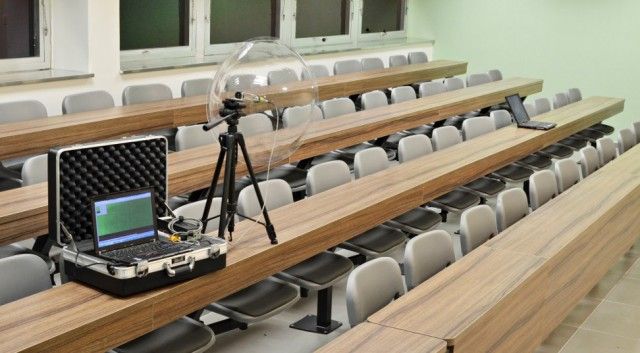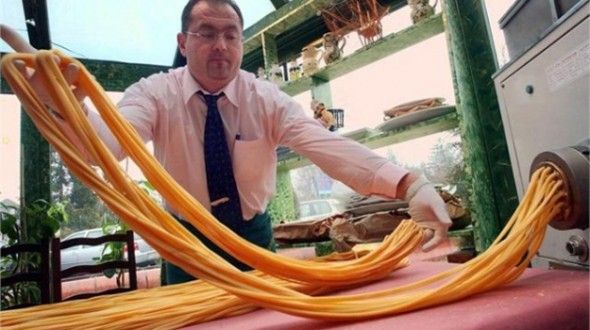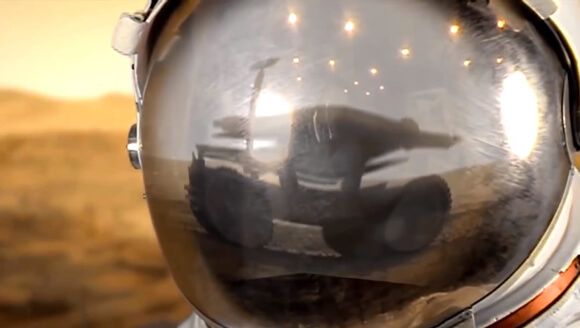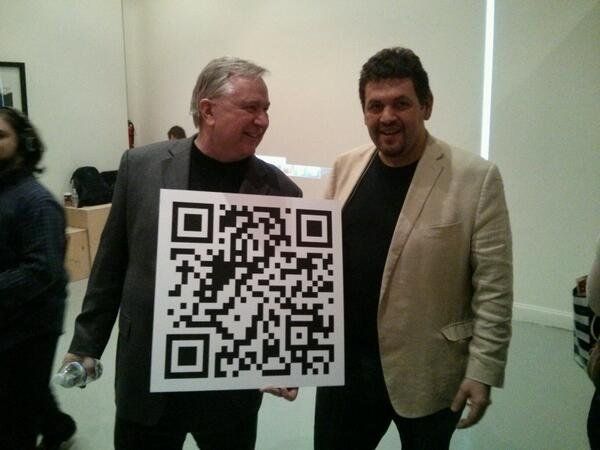By Richard Gray — The Telegraph
Imagine how much easier life would be if it was possible to levitate objects. Maglev trains, for example, use powerful magnets to repel the carriages and remove the friction of the train on the tracks.
But magnets are just one way of achieving this – and they require the object to have a repelling magnetic force. Now scientists in Japan have shown that a similar effect can be achieved with sound.
 By
By 



 The Internet has clearly demonstrated the power of networked computing. You don’t need me to tell you that effects of the Internet’s emergence have been overwhelmingly pervasive. But the Internet is also very new and still evolving. So what is the future of this medium? How will it continue to shape our lives in the 2020s? 2030s? 2040s?
The Internet has clearly demonstrated the power of networked computing. You don’t need me to tell you that effects of the Internet’s emergence have been overwhelmingly pervasive. But the Internet is also very new and still evolving. So what is the future of this medium? How will it continue to shape our lives in the 2020s? 2030s? 2040s?
